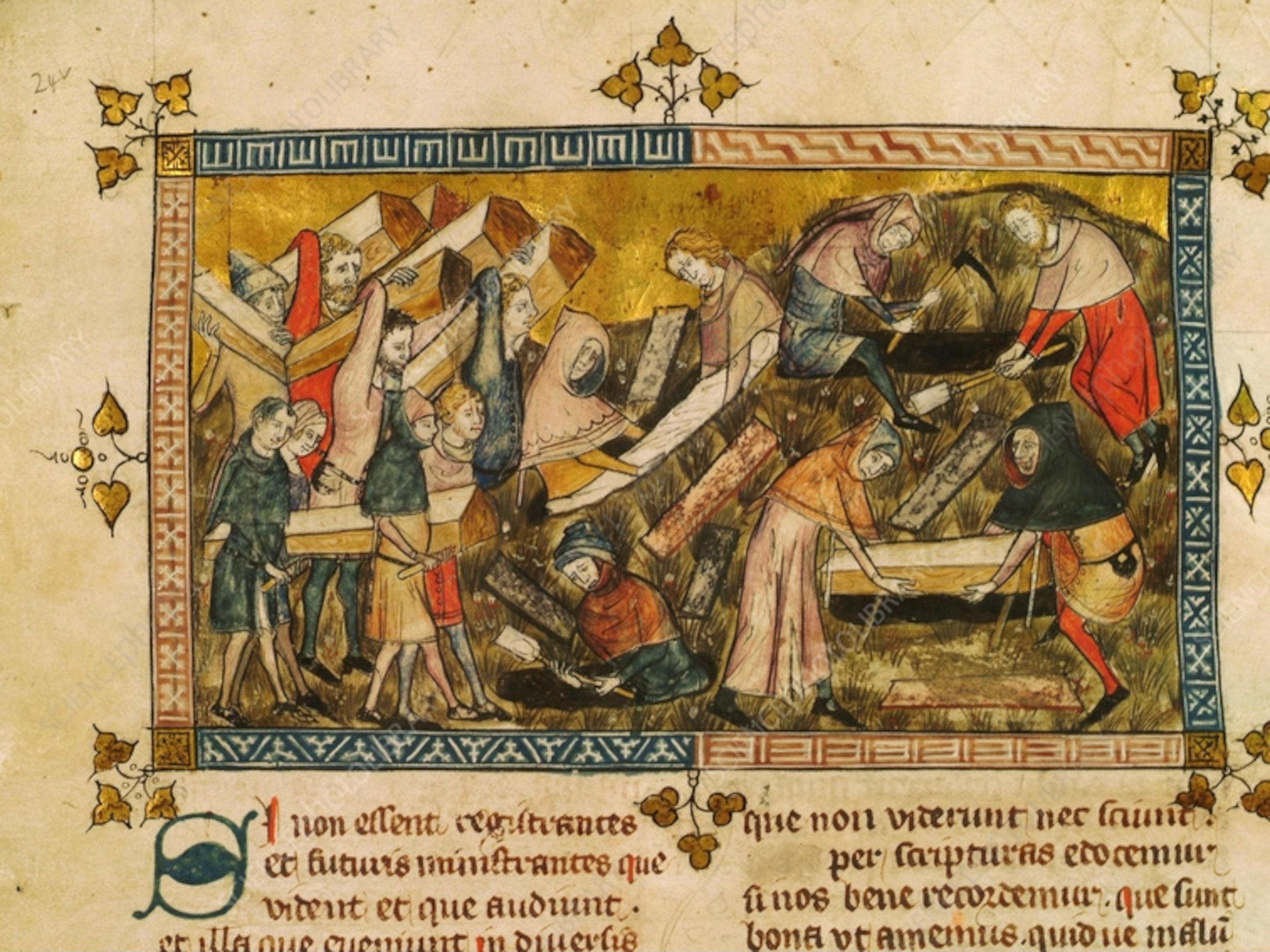Get Sucked Into This Mesmerizing View of a Mud Volcano
Footage taken in the shadow of Europe's most active volcano captured a close-up of this natural phenomenon.
Can a bubbling pool of mud really predict a volcanic eruption?
That's the commonly held belief around the town of Paternò, Sicily, where residents think heightened activity at a gurgling pool of mud signals the next outburst from Mount Etna, which lies roughly 20 miles away.
Mount Etna is the most active lava-spewing volcano in Europe and one of the most active in the world. Recent video taken by amateur filmmaker Salvatore Allegra shows a small pool of mud as its grayish liquid gurgles and bubbles to the surface. He says the mud is almost always active and that it periodically erupts with in warm bursts, occasionally releasing enough mud to reach Paternò.
But when asked if the fresh roiling at the mud pool could predict future Etna eruptions, Guido Giordano, a geologist at Roma Tre University, was very clear.
"Absolutely not," he says. "Geodynamic settings for igneous volcanoes [the kind that spew lava] and mud volcanoes are quite different."
Assumptions about a connection may arise because both types of volcanoes are commonly found near subduction zones, places where the planet's tectonic plates converge and one plate dives beneath another. These zones are hot spots for earthquakes and fiery igneous volcanoes.
Here, subsurface layers of liquified rock and sediment can also become pressurized by tectonic activity or by a buildup of gases such as methane and carbon dioxide. Eventually the pressure is released, and a mud volcano has a striking outburst.
Unlike more traditional volcanoes, mud volcanoes are not usually hot—sometimes no warmer than the ambient ground temperature. According to Allegra, temperatures at the one he filmed in Sicily have rarely surpassed 70 degrees Fahrenheit.
Not-So-Harmless Mud
Even if it has no predictive power, the Sicilian mud volcano has become a popular site for locals and tourists. Its gently bubbling surface and relatively small size make it a harmless natural attraction—but that's not the case for all the world's mud volcanoes.
In 2014, a nine-year-old Italian girl was killed after standing too close to a mud geyser as it erupted in the Maccalube nature reserve in southern Sicily.
And in Indonesia in 2006, an erupting mud pit killed 20 people and displaced nearly 40 more, with damages totaling nearly $2.7 billion. Reports estimate that the pit could continue oozing mud for the next 19 years.
Some geologists believe that nature wasn't acting alone in this case. Results of an investigation published in 2015 strongly suggest that activity at a local oil and gas drilling site triggered the fatal mud flow.





